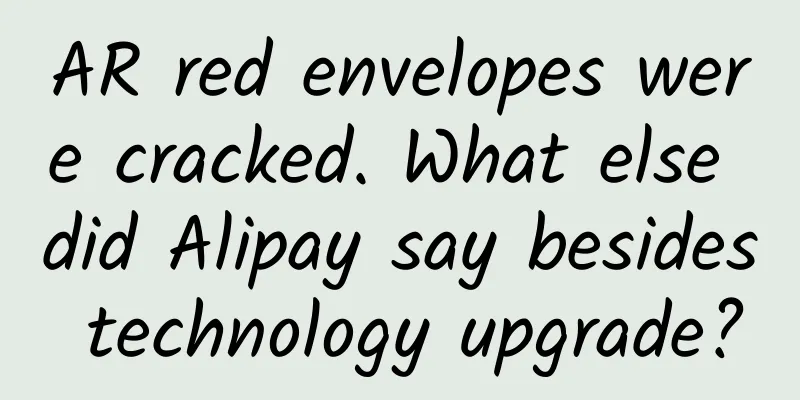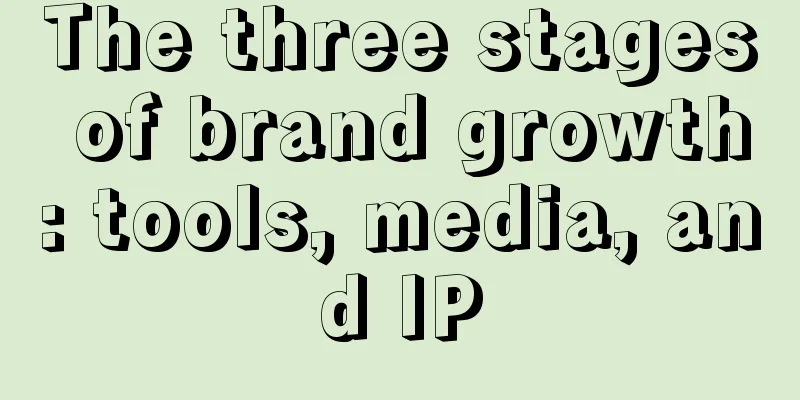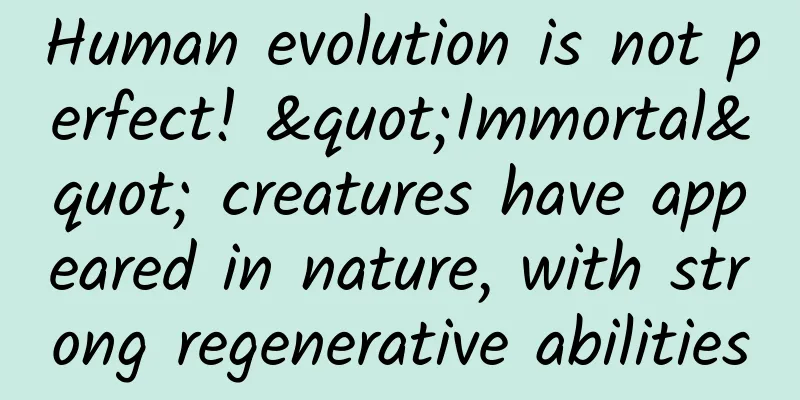The earliest known gibbon turned out to be this...

|
Ancient Discovery: The earliest known gibbon, it turns out to be this... Paleontologists discovered a small ape fossil dating back 7 to 8 million years ago in the Yuanmou Basin in Yunnan Province, named it Yuanmou Xiaozhi, and proved that it was the earliest known gibbon. The results have been published in the international journal "Journal of Human Evolution" recently. There are 20 species of gibbons living in tropical and subtropical Asia. Gibbon fossils are very rare, and most of them have been found in caves in southern my country and Southeast Asia. Reconstruction of the life scene of Yuanmou ape. Image source: Chen Yu Ji Xueping, the project leader and researcher at the Kunming Institute of Zoology, Chinese Academy of Sciences, said that more than 30 years ago, paleontologists had discovered tooth fossils of Yuanmou apes representing multiple individuals, and early studies determined that they were small apes. Later, during a field survey, Ji Xueping accidentally discovered the lower left side bone fossil of Yuanmou apes, and after comparing it with the skulls of extant gibbons, he preliminarily confirmed that the specimen belonged to gibbons. Afterwards, the research team conducted a high-precision CT scan at the Institute of Vertebrate Paleontology and Paleoanthropology of the Chinese Academy of Sciences and determined that the facial bone fossil belonged to a juvenile gibbon, aged between 17 and 22 months. Based on the proportion of tooth size, the Yuanmou ape was close to the average weight of modern gibbons, about 6 kilograms. The side bone fossil of a juvenile Yuanmou ape. Image source: Ji Xueping After in-depth research, it was found that the morphological characteristics of the teeth and facial bones of Yuanmou Xiaozhi are very similar to those of modern gibbons, especially crested gibbons, but some of the dental features appear more primitive. "Although the specimens of Yuanmou Xiaozhi are still relatively rare, the discovery of key materials has finally confirmed that Yuanmou Xiaozhi is the most likely direct ancestor of modern gibbons," said Ji Xueping. Genetic studies have shown that gibbons diverged from the lineage of the common ancestor of humans and apes between 22 million and 17 million years ago, while the ancestors of the crowned gibbons diverged about 8 million years ago. "This shows that the origin of gibbons inferred from molecular evidence and fossil evidence is basically consistent, and the results of paleontological morphology and molecular biology research can confirm each other," said Ji Xueping. According to reports, the discovery of Yuanmou apes fills a gap in the evolutionary history of small apes in East Asia that was previously unclear. This achievement was jointly completed by the Kunming Institute of Zoology, Chinese Academy of Sciences, Kunming Museum of Zoology, Center for Human Origins Research at New York University, Institute of Vertebrate Paleontology and Paleoanthropology, Chinese Academy of Sciences and other institutions. Source: Xinhua News Agency |
Recommend
[Smart Farmers] Fighting against insects to protect rice crops! Controlling the notorious rice pest - brown planthopper
Arthropods are one of the most prosperous groups ...
Overseas marketing and promotion channel integration!
Introduction: Whether now or in the future, overs...
For the first time, a relativistic jet has been detected from two colliding galaxies, traveling at speeds close to the speed of light!
The author or source of this article or its origi...
Why is user activation important? Share 3 points!
The essence of user activation is to quickly deli...
Why do operators launch their own brand of mobile phones?
Recently, China Telecom released the Tianyi No. 1...
Learn how to optimize information flow ads in one article! Applicable to all industries
Many friends asked: I have been working as an opt...
What is the difference between Tik Tok fans and following? What are the minefields in Douyin operations?
This article mainly introduces the difference bet...
New media operation: How to improve content production capabilities?
Many students sent me private messages: When doin...
The boss cuts the budget drastically, is the advertising industry "dead"?
Brand advertising and performance advertising are...
What should I do if the display volume of information flow ads is low? Must-read traffic optimization tips!
How to run information flow advertising ? Who sho...
Why does the Samsung Note 7 battery explode?
Recently, there have been frequent reports of Sam...
Mobile phone industry: Do you know these little-known facts about mobile phones?
What little-known facts about mobile phones do yo...
Microsoft officially responds to the Chinese government's ban on Windows 8
The Central Government Procurement Network recentl...
Protect sweetness! Create a new way to defeat the enemy bees
Bees are important resource insects that not only...
Online education customer acquisition and community operation!
With the development of the Internet, the maturit...









